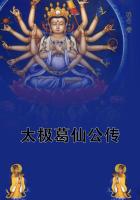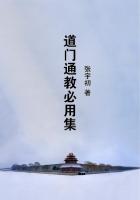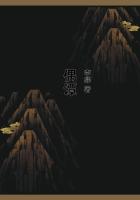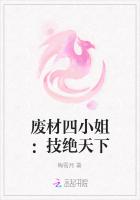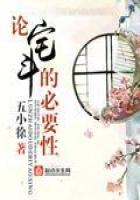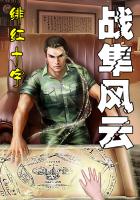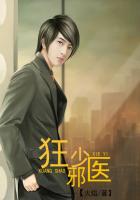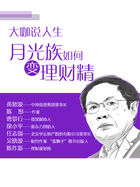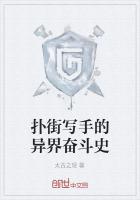SIR WILLIAM THOMSON.
Sir William Thomson, the greatest physicist of the age, and the highest authority on electrical science, theoretical and applied, was born at Belfast on June 25, 1824. His father, Dr. James Thomson, the son of a Scots-Irish farmer, showed a bent for scholarship when a boy, and became a pupil teacher in a small school near Ballynahinch, in County Down.
With his summer earnings he educated himself at Glasgow University during winter. Appointed head master of a school in connection with the Royal Academical Institute, he subsequently obtained the professorship of mathematics in that academy. In 1832 he was called to the chair of mathematics in the University of Glasgow, where he achieved a reputation by his text-books on arithmetic and mathematics.
William began his course at the same college in his eleventh year, and was petted by the older students for his extraordinary quickness in solving the problems of his father's class. It was quite plain that his genius lay in the direction of mathematics; and on finishing at Glasgow he was sent to the higher mathematical school of St. Peter's College, Cambridge. In 1845 he graduated as second wrangler, but won the Smith prize. This 'consolation stakes' is regarded as a better test of originality than the tripos. The first, or senior, wrangler probably beat him by a facility in applying well-known rules, and a readiness in writing. One of the examiners is said to have declared that he was unworthy to cut Thomson's pencils. It is certain that while the victor has been forgotten, the vanquished has created a world-wide renown.
While at Cambridge he took an active part in the field sports and athletics of the University. He won the Silver Sculls, and rowed in the winning boat of the Oxford and Cambridge race. He also took a lively interest in the classics, in music, and in general literature; but the real love, the central passion of his intellectual life, was the pursuit of science. The study of mathematics, physics, and in particular, of electricity, had captivated his imagination, and soon engrossed all the teeming faculties of his mind. At the age of seventeen, when ordinary lads are fond of games, and the cleverer sort are content to learn without attempting to originate, young Thomson had begun to make investigations. The CAMBRIDGE MATHEMATICAL JOURNAL of 1842 contains a paper by him--'On the uniform motion of heat in homogeneous solid bodies, and its connection with the mathematical theory of electricity.'
In this he demonstrated the identity of the laws governing the distribution of electric or magnetic force in general, with the laws governing the distribution of the lines of the motion of heat in certain special cases. The paper was followed by others on the mathematical theory of electricity; and in 1845 he gave the first mathematical development of Faraday's notion, that electric induction takes place through an intervening medium, or 'dielectric,' and not by some incomprehensible 'action at a distance.' He also devised an hypothesis of electrical images, which became a powerful agent in solving problems of electrostatics, or the science which deals with the forces of electricity at rest.
On gaining a fellowship at his college, he spent some time in the laboratory of the celebrated Regnault, at Paris; but in 1846 he was appointed to the chair of natural philosophy in the University of Glasgow. It was due to the brilliant promise he displayed, as much as to the influence of his father, that at the age of twenty-two he found himself wearing the gown of a learned professor in one of the oldest Universities in the country, and lecturing to the class of which he was a freshman but a few years before.
Thomson became a man of public note in connection with the laying of the first Atlantic cable. After Cooke and Wheatstone had introduced their working telegraph in 1839; the idea of a submarine line across the Atlantic Ocean began to dawn on the minds of men as a possible triumph of the future. Morse proclaimed his faith in it as early as the year 1840, and in 1842 he submerged a wire, insulated with tarred hemp and india-rubber, in the water of New York harbour, and telegraphed through it. The following autumn Wheatstone performed a similar experiment in the Bay of Swansea. A good insulator to cover the wire and prevent the electricity from leaking into the water was requisite for the success of a long submarine line. India-rubber had been tried by Jacobi, the Russian electrician, as far back as 1811. He laid a wire insulated with rubber across the Neva at St. Petersburg, and succeeded in firing a mine by an electric spark sent through it; but india-rubber, although it is now used to a considerable extent, was not easy to manipulate in those days. Luckily another gum which could be melted by heat, and readily applied to the wire, made its appearance. Gutta-percha, the adhesive juice of the ISONANDRA GUTTA tree, was introduced to Europe in 1842 by Dr. Montgomerie, a Scotch surveyor in the service of the East India Company. Twenty years before he had seen whips made of it in Singapore, and believed that it would be useful in the fabrication of surgical apparatus. Faraday and Wheatstone soon discovered its merits as an insulator, and in 1845 the latter suggested that it should be employed to cover the wire which it was proposed to lay from Dover to Calais. It was tried on a wire laid across the Rhine between Deutz and Cologne. In 1849 Mr. C. V. Walker, electrician to the South Eastern Railway Company, submerged a wire coated with it, or, as it is technically called, a gutta-percha core, along the coast off Dover.


